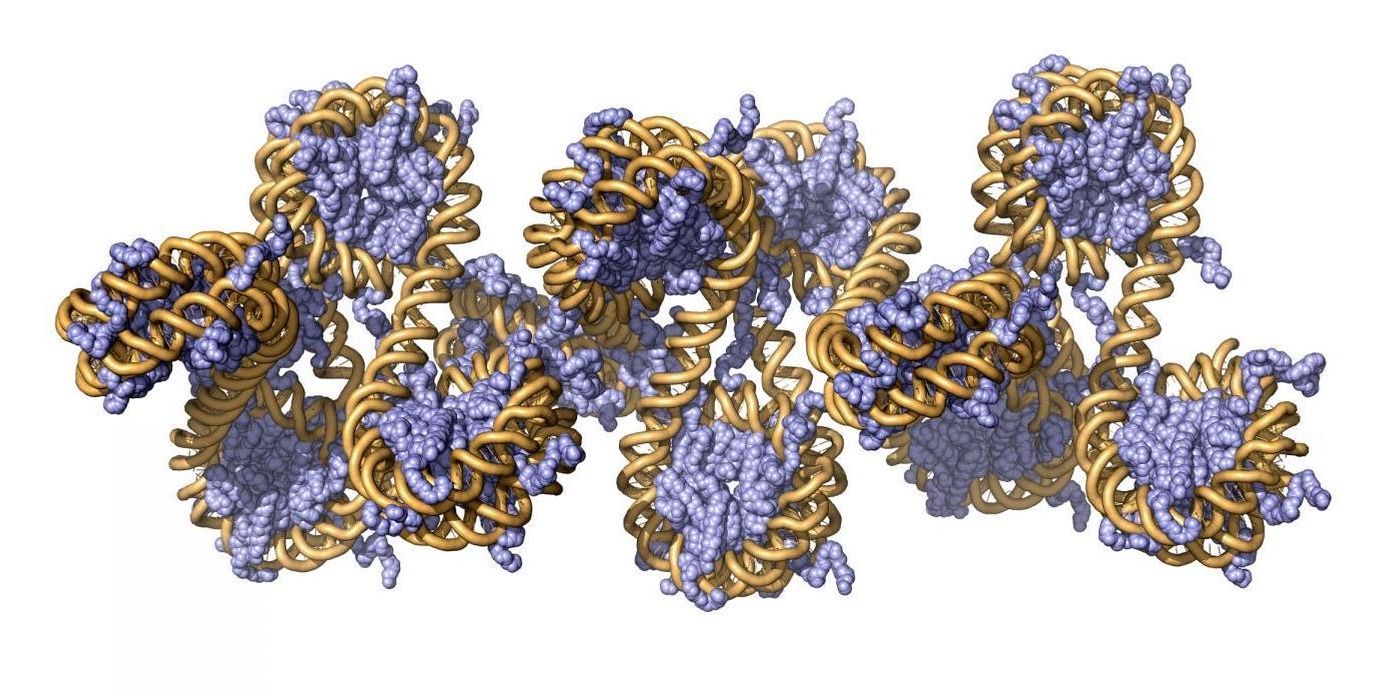Insight Into the Control of Gene Expression
In the human genome, estimates vary but there are around 20,000 proteins that encode for protein. However, that only takes up about two percent of the genetic sequence. So what is all of the rest of that non-protein coding genetic material there for? While that other 98 percent of the genome was once commonly called junk DNA, it takes a lot of energy to copy the genome every time a cell divides, so it seems that at least some of that stuff is important.
Many researchers suspect that important regulatory roles are filled in that space. Genes might have very different functions depending on when and where they are expressed, and what other genes might also be active at the same time. So a cell in the liver probably has very different genes turned on than a heart cell would, because the function of those organs is so different.
To learn more about how gene expression is controlled, scientists at the University of Michigan compared five types of regulators in the genome in a new report in Genetics. With advanced computational tools, they want to know whether changes in those non-coding regions impact a person’s risk of disease.
"When people try to look at how gene regulation occurs, they look at different epigenomic information using sequencing, trying to understand molecular profiles," says lead author Arushi Varshney, a Ph.D. candidate in human genetics. The epigenome refers to the many modifications that can happen to genes, which might be how it’s physically organized, or what chemical tags get added to it.
It has been recently established that small changes in genes (genetic variants) that are linked to disease often lie in non-coding regions that act as regulators of the genome. These regulatory elements can act to enhance or promote gene expression, as explained in the video. Promoters get gene transcription started (so it will be made into RNA and then protein), while enhancers cause genes to be transcribed faster.
"There were a number of papers coming out describing different classes of gene regulatory elements, and it was not clear how they are related," explained Stephen Parker, Ph.D., assistant professor of computational medicine and bioinformatics and of human genetics. "Our paper was the first to really compare them. One of the things that came out is that they're all different and act differently in different cell types."
In this study, the researchers found that genetic variants that sit in enhancers that are specific to a particular tissue often have a relatively small impact on their target gene. That suggests that small genetic variations that are being associated with diseases may not normally be having much of an effect.
It may be, the researchers suggested, that tissue-specific gene expression is so critical to cell function, the transcription of a gene is very tightly controlled under normal conditions. "What it means is we're going to need really large sample sizes to see effects," Parker explained.
The tissue-specific enhancers and promoters might be making transcription easier when certain conditions are applied, so in order to reveal the differences, the environmental conditions may have to be altered.
As a suggestion from the scientists: "we think one should look at gene expression of cells under specific conditions," Varshney said. "For example, if you're trying to look at type 2 diabetes, maybe look at cells under high glucose conditions, then look at the gene expression and how genetic variants affect gene expression. Then, maybe you would be better able to explain how this genetic variant predisposes you to get a disease."
Sources: AAAS/Eurekalert! via Michigan Medicine, Genetics









